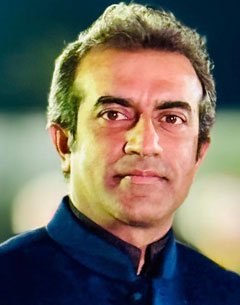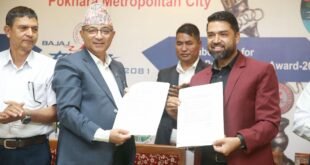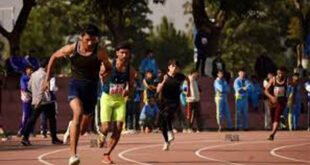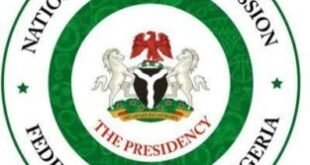The Silence of Abuse in Pakistan’s Sports
In December 2013, five girls from a cricket club in Pakistan came forward with allegations of abuse against the club’s chairman. Instead of receiving support or justice, they were suspended for nine months each. There was no inquiry, no protection, and no system to address their concerns. This incident highlights a broader issue: in Pakistan’s sporting institutions, speaking up is often met with punishment rather than empathy.
While the global sports community has been forced to confront abuse scandals, such as the Larry Nassar case in the United States, the conversation in Pakistan remains largely silent. There is growing international awareness of the need for safeguarding mechanisms, but in Pakistan, institutional silence continues to shield the problem from scrutiny. Athletes—especially women—are left to navigate a landscape where abuse exists, but the systems meant to respond to it are absent.
The tragedy lies not only in the abuse itself but in the lack of response. The Pakistan Olympic Association (POA), the central body for sports management, has recorded hardly any formal complaints of abuse. This absence of reporting is not a sign of health; it is a sign of mistrust. Victims simply do not believe the system will protect them.
However, when examining what little data exists, a different picture emerges. A 2020 survey of 600 women athletes in Pakistan found that nearly half admitted to experiencing harassment during their careers. Not one of them had reported it. Another study revealed that 44% of women athletes cited coaches as perpetrators of harassment, while 32% pointed to other men associated with the sport. The common theme was silence. Some cases come to light, but the consequences are often devastating.
An emerging cricketer in Multan died by suicide after reporting harassment. In another case, two field hockey players were suspended after one accused her coach of entering her room uninvited and holding her hand. These allegations were made public through a video. In both instances, the institutional response focused more on controlling the narrative than investigating the claims.
Interviews conducted for research revealed that officials at the POA acknowledged the gap between policy and practice. One admitted that while reporting forms are available on the website, most athletes have no idea they exist. Another stated that the organization holds seminars and educational programs to raise awareness, but conceded that the safeguarding mechanism has not been adopted by most national sports federations. The result is a vacuum—one in which a framework technically exists, but functionally fails.
This disconnect is not unique to Pakistan. Until recently, even in countries with more advanced systems, safeguarding in sport was either non-existent or ineffective. The United States established its Centre for SafeSport in 2017, following public outcry over the Nassar scandal. The Centre is independent, legally mandated, and empowered to investigate and sanction. Since its creation, over 10,000 reports have been filed, and millions of athletes, coaches, and parents have received training through its digital platform.
Austria followed a similar path after allegations emerged from former skiing athletes. Safe Sport Austria was launched with government backing and a clear mandate to offer support, training, and investigation. The UK, too, has moved toward reform, piloting a single-point reporting project called Sport Integrity after its gymnastics community was rocked by revelations of systemic emotional and physical abuse.
These models share common features. First, independence. The safeguarding bodies are structurally removed from sports federations, reducing conflicts of interest. Second, accessibility. Athletes can file reports online or via phone, anonymously if needed. Third, education. Victims, coaches, and administrators are trained to understand their rights and responsibilities. Finally, legal legitimacy. These bodies are either created or backed by national law, lending them credibility and authority.
In contrast, Pakistan’s current structure lacks all four elements. The POA’s committee on harassment includes individuals closely tied to national federations. The mechanism is not backed by law. There is no dedicated budget. And most crucially, the system is voluntary—there is no requirement for federations to adopt it.
The cultural dimension complicates matters further. In a society where even general conversations about abuse are hushed, speaking up in the male-dominated world of sports can be professionally and personally perilous. Victims fear being ostracized, disbelieved, or dismissed. A psychologist described it as a “society that is not survivor-friendly and tends to start victim-blaming and shaming.”
Until this system is rebuilt with a focus on independence, legal authority, financial viability, and above all, credibility among athletes, the silence will continue. And silence, in this case, does not mean safety—it means suppression.
Pakistan stands at a crossroads. Other countries have shown that safeguarding is not only necessary but possible. The next article in this series will explore what a functional and context-appropriate abuse reporting mechanism could look like for Pakistan, and what lessons can be adapted from abroad. Because, unless we create a safe sporting environment, we will continue to fail the very people we claim to celebrate—our athletes.
 Info Malang Raya Its All About World News
Info Malang Raya Its All About World News



